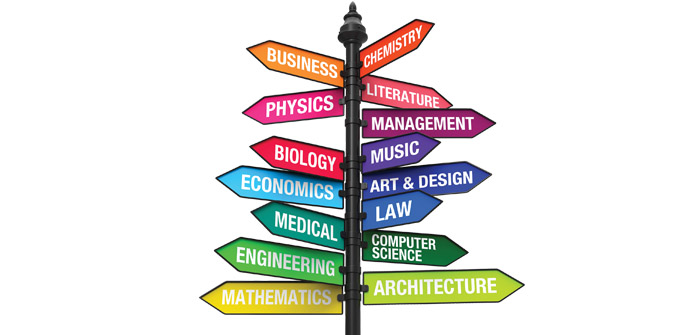There are some time-tested guidelines for print advertising that have been proven reliable by research studies and advertising agencies to increase sales. These guidelines involve the ways consumers react to different kinds of headlines, illustrations, layouts and copy.
First, let’s look at the headline part of a print advertisement. On average, nine out of ten people will read the headlines but not the body copy. Therefore, the best headlines are clear and specific. They contain no unfamiliar words that would require readers to look up the word in a dictionary (which they will not do). They say what the product (or service) is or what it will do for the consumer. And never go without a headline!
As for illustrations, they should arouse enough curiosity to draw the readers in and wonder “What is going on here?” At that moment you have increased the chances that the reader will continue to read your copy to find out. Then to keep them reading, the body copy should be entertaining all the way to the end. Brief and to the point is better; make every word count!
If only one out of ten people read the body copy of an advertisement, how can you better the odds? It depends on two things. First, if they are interested in the kind of product you are advertising, and second, how many people are pulled into your ad by your illustration and headline. Readership is said to be increased by 10 percent if the illustration is placed first and the headline below. I hesitate a bit here because if the illustration is not captivating enough, readers will move on without ever getting to your headline. So you should always test the advertisement with consumers before running it.
Body copy should be written as it is read, one on one, as if you were sitting with the reader and discussing it. Use conversational language, lose the fancy words, and design it so that when it is read, it is as if you were talking to the reader. If you can use a storyline to get your message across, do it. People read stories because they are more engaging and will then be more likely to read it through to the end. This gives you a better chance of getting your message across and result in a sale.
The font you use should be easy to read. Black font against a white background is easier to read than white font against a black or colored background. The more elaborate fonts that have swirls and slants are actually harder to read. Straightforward type is usually the most appealing. A line space between paragraphs has also been known to improve readability.
Just as important as the actual advertisement is where you place it. It is very important to get the demographic information from the sources you are considering before running the advertisement (age, gender, etc.). For example, if you are trying to reach teenagers, it probably does not make sense to advertise in a business publication or business section of a newspaper. Work with the professionals at the publication in finding out the best location for your advertisement.
These guidelines should help you create a powerful print advertisement, one that will increase your sales. You should always find out how effective your advertisement is by running the sales numbers before, during and after the ad is placed. And always ask your customers where they heard about your product or service!
Theresa Freihoefer is a business instructor at Central Oregon Community College with a background in marketing and management. She can be contacted at tfreihoefer@cocc.edu.




